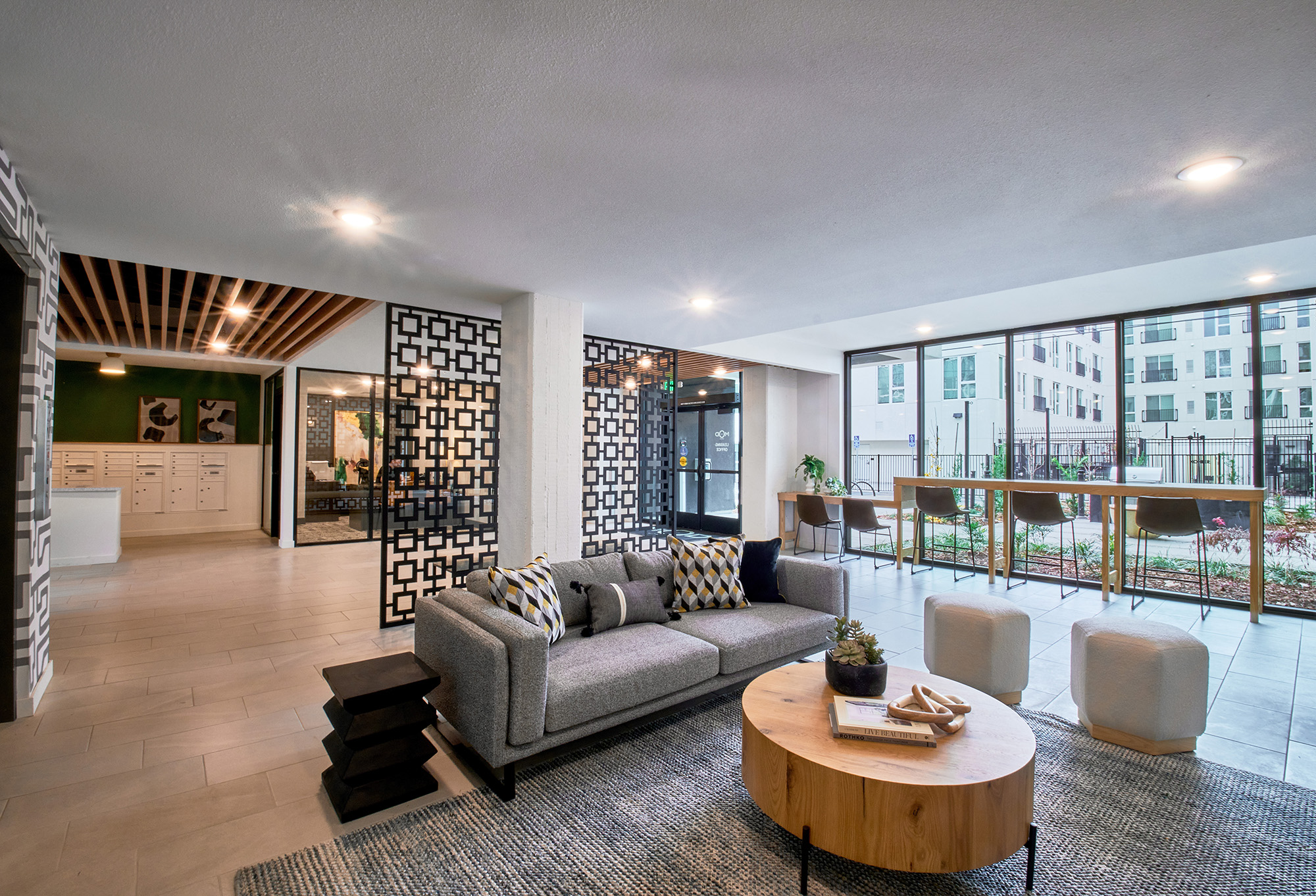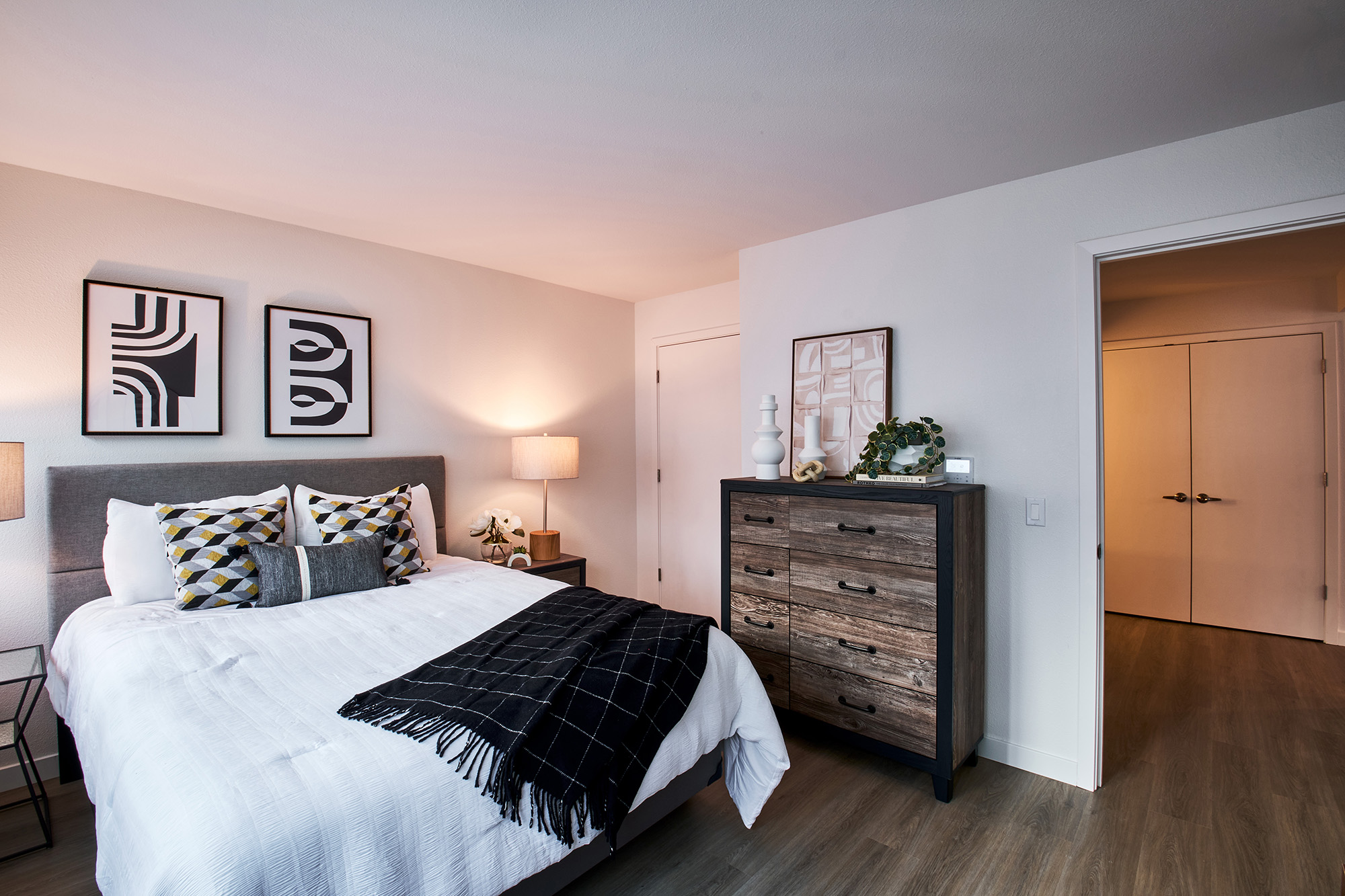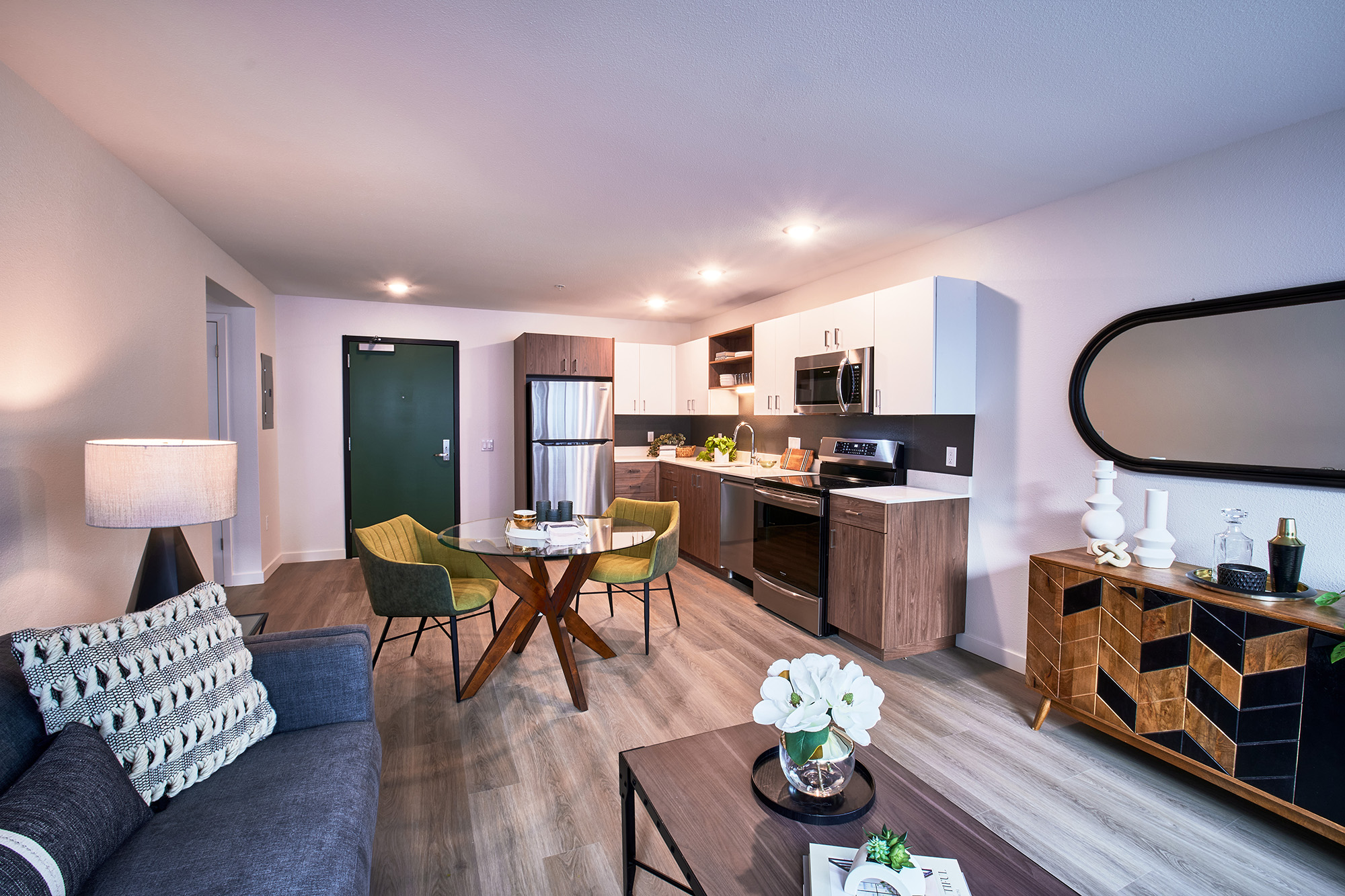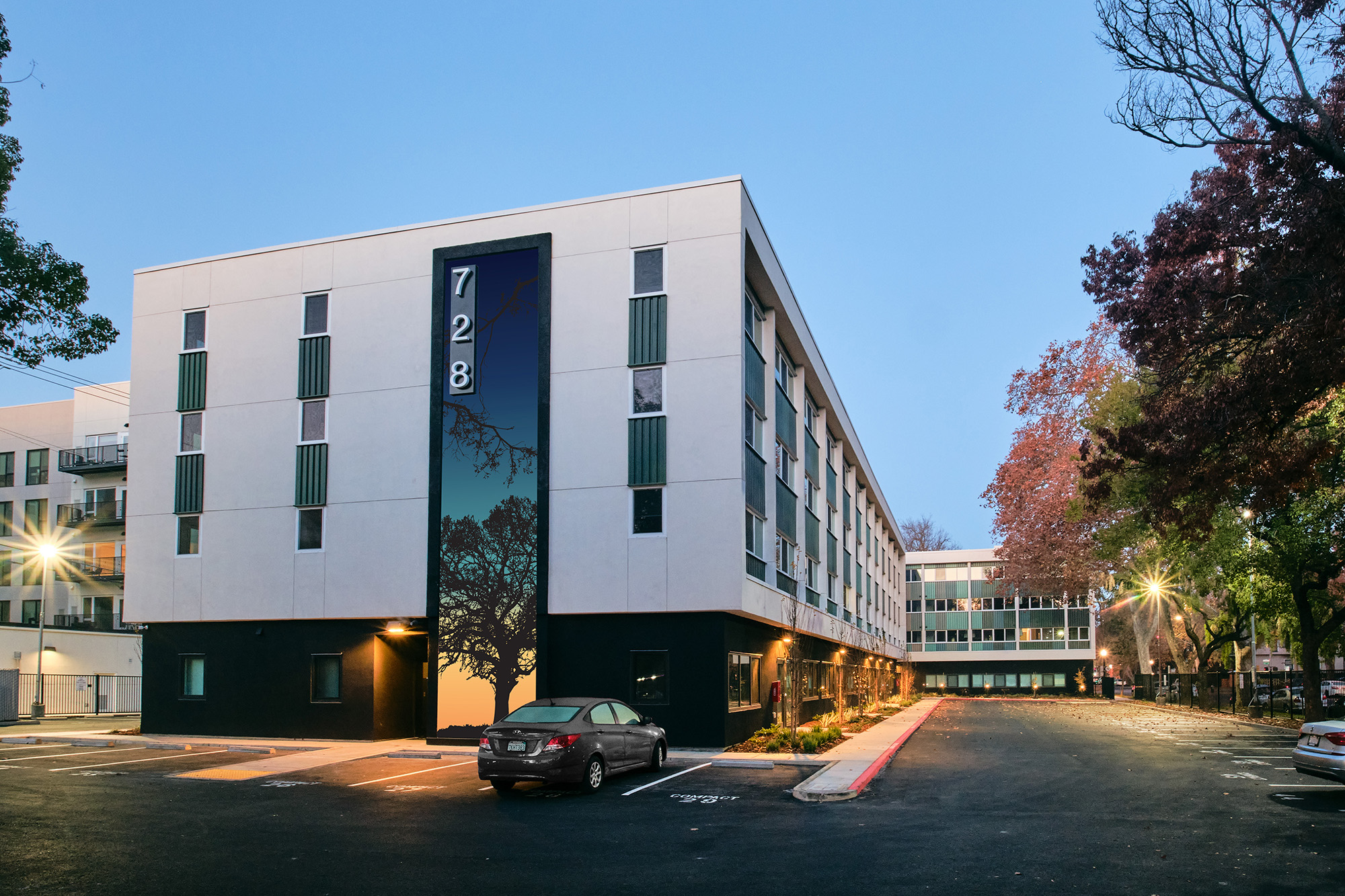In the continuous battle against housing shortages and the surplus of vacant buildings, developers are turning their attention to the viability of adaptive reuse for their properties. This strategy offers developers the opportunity to save their investment, create an unparalleled story for end users, and make money by converting a disused or underutilized project into a one-of-a-kind residential space.
However, the burning questions on every developer's mind include: Is adaptive reuse suitable for my building? Is it cost-effective? What does a housing conversion project entail?
Navigating the complexities of updating old buildings for new purposes is no simple task. Not every structure is ripe for adaptive reuse, and the process demands a meticulous evaluation of various factors. Structural integrity, zoning regulations, historical significance, and the feasibility of renovation all weigh heavily in the decision-making process. Each property presents its unique challenges and opportunities, necessitating thorough assessments to determine its suitability for conversion. It's through this rigorous examination that developers ensure that only the most viable candidates are selected for transformation into vibrant residential spaces.
‘The Rule of Six’ for Adaptive Reuse Housing Projects
While there is no magic formula or linear one-size-fits-all approach to converting buildings into housing, our team at Ankrom Moisan has come up with a unique framework: “The Rule of Six.”
This strategy outlines the six key characteristics that make a project a candidate for a successful conversion. If a property has any of these traits—whether it’s one or all six—it might qualify as a candidate. These characteristics include:
1) Class B or C office
Assessing the classification of office space helps gauge a building’s potential suitability for conversion into housing. Class B and C offices are typically older with fewer amenities. This older stock, especially pre-war buildings, creates wonderfully unique residential buildings with their soaring ceilings and operable windows.

2) 5-6 Levels, or 240 feet tall
This size building provides an optimal framework for accommodating residential units and amenities while also adhering to regulatory standards and market preferences for housing developments. Height and class of office space work together in finding good conversion candidates. These two scales align nicely within a typical ground-up residential category of podium or high rise that our developers are familiar with. Height is like the Goldilocks of finding a good conversion candidate—it works together with the class and building footprint and should not be too tall or too small.
3) Operable windows within envelope are preferred
Buildings with operable windows within the envelope enhance livability and comfort for potential residents. Access to fresh air is a huge “want” in new apartments. Although we can provide fresh air mechanically, there is no substitute for opening a window and feeling a cool breeze on demand. For this reason, buildings with big operable windows make an easy case for conversion. In this case, it’s more about enhancing the livability and comfort for potential residents, not a technical obstacle.
4) Walkable location
A building's walkability contributes to the accessibility and desirability of the housing. For any residential building, potential renters (or owners) will pay a premium for a prime location within an urban core that has easy access to transit, grocery stores, and city amenities.

5) 12,000-sf plate minimum
The building’s plate size should be considered, ensuring sufficient space for residential units and amenities. What we are discovering is that conversions need to yield a certain number of total units to make financial sense and that the typical footprint is key to being as efficient as possible on every level. Of course, small footprints will work and can create a wonderful boutique housing option, but most developers will need a minimum amount of yield for the conversion to work financially.
6) Depth to core not to exceed 45’
Evaluating the depth to the core is essential to assess the feasibility and efficiency of the conversion process. The depth of the building footprint from the exterior wall to the interior corridor is the biggest hurdle for many conversion candidates. In housing, any space that is more than 40-45’ from a source of daylight is not valuable.
Why Use Adaptive Reuse for Rental Housing?
According to the National Association for Industrial and Office Parks (NAIOP), the United States needs to build 4.3 million more apartments by 2035 to meet the demands for rental housing. This includes 600,000 units (total) to fill the shortage from underbidding after the 2008 financial crisis. Adaptive reuse residential conversions are an affordable and effective way to create more housing and fulfill that need, providing several added benefits.
To start, these projects help to foster diverse and inclusive communities. By repurposing vacant buildings into residential units, adaptive reuse initiatives address pressing housing needs and ensure equitable access to affordable living spaces. This approach provides housing opportunities for people from different socioeconomic backgrounds, thus helping to alleviate housing shortages.

In addition to their community benefits, adaptive reuse initiatives promote sustainable development practices by reducing the environmental impact associated with new construction. Because these projects are not constrained by current building codes regarding glazing or parking requirements they offer flexibility and efficiency in development processes. Adaptive reuse housing projects also save time, resources, and energy, leveraging existing structures for their designs. This approach also minimizes waste generation and carbon emissions, aligning with broader efforts to mitigate climate change and promote ecological stewardship.
Preserving and repurposing older structures for housing not only enhances the health and appeal of neighborhoods but also accelerates tenant occupancy, catalyzing urban revitalization. Doing so, plays a pivotal role in activating downtown areas, allowing for economic resurgence. Such projects attract investment, spur job creation, and foster the growth of local businesses and cultural institutions.
Implementing ‘The Rule of Six’
“The Rule of Six” framework serves as a valuable indicator of a project's potential for successful conversion. However, it's important to recognize that each property is unique, and additional factors beyond these six may also influence its suitability for adaptive reuse. By conducting thorough due diligence and leveraging interdisciplinary expertise, developers can confidently navigate the complexities of adaptive reuse and unlock the full potential of existing structures for sustainable, socially equitable, and culturally vibrant urban development.
This methodology was recently applied to our renovation project at 728 16th St. in Sacramento, Calif., where we transformed a former Holiday Inn property into a residential apartment complex. Rather than opting for a complete teardown, the adaptive reuse renovation maximized the existing space, optimizing the structure and MEP infrastructure.

Throughout the renovation, our team strategically optimized the site layout, repurposed existing hotel areas, and merged hotel rooms to craft contemporary apartments. To address infrastructure challenges, we adjusted ceiling heights to accommodate new appliance ducts and plumbing. Leveraging existing structures, we transformed underutilized space into 129 new residential units. The project's fresh perspective on modern residential living, achieved through adaptive reuse, positions it competitively in emerging markets.
Ultimately, the success of 728 16th St’s conversion stemmed from its alignment with two of the six key characteristics outlined in the “Rule of Six.” Situated in a walkable area with a substantial floor plate, 728 16th St. was primed for success. However, it's worth noting that a prospective adaptive reuse project needs only one of these six characteristics to qualify as a viable candidate for conversion.
The rising trend of adaptive reuse presents a compelling solution to the challenges posed by housing shortages and vacant structures. While not every building is suitable for conversion, the meticulous evaluation of various factors is crucial in determining viability. The preservation of cultural heritage, promotion of sustainable practices, stimulation of economic growth, and provision of housing opportunities underscore the manifold benefits of adaptive reuse initiatives.
About the Author
Jennifer Sobieraj Sanin, AIA, is the Housing Studio Design Director and Senior Principal for Ankrom Moisan. She is a design leader with a passion that revolves around crafting memorable experiences and empowering creative teams. With a specialty in high density urban infill, Sanin works on market rate, affordable, and senior housing, as well as hospitality and mixed-use.
Related Stories
Adaptive Reuse | Oct 22, 2024
Adaptive reuse project transforms 1840s-era mill building into rental housing
A recently opened multifamily property in Lawrence, Mass., is an adaptive reuse of an 1840s-era mill building. Stone Mill Lofts is one of the first all-electric mixed-income multifamily properties in Massachusetts. The all-electric building meets ambitious modern energy codes and stringent National Park Service historic preservation guidelines.
MFPRO+ News | Oct 9, 2024
San Francisco unveils guidelines to streamline office-to-residential conversions
The San Francisco Department of Building Inspection announced a series of new building code guidelines clarifying adaptive reuse code provisions and exceptions for converting office-to-residential buildings. Developed in response to the Commercial to Residential Adaptive Reuse program established in July 2023, the guidelines aim to increase the viability of converting underutilized office buildings into housing by reducing regulatory barriers in specific zoning districts downtown.
Adaptive Reuse | Sep 12, 2024
White paper on office-to-residential conversions released by IAPMO
IAPMO has published a new white paper titled “Adaptive Reuse: Converting Offices to Multi-Residential Family,” a comprehensive analysis of addressing housing shortages through the conversion of office spaces into residential units.
Adaptive Reuse | Aug 29, 2024
More than 1.2 billion sf of office space have strong potential for residential conversion
More than 1.2 billion sf of U.S. office space—14.8% of the nation’s total—have strong potential for conversion to residential use, according to real estate software and services firm Yardi. Yardi’s new Conversion Feasibility Index scores office buildings on their suitability for multifamily conversion.
Adaptive Reuse | Aug 28, 2024
Cities in Washington State will offer tax breaks for office-to-residential conversions
A law passed earlier this year by the Washington State Legislature allows developers to defer sales and use taxes if they convert existing structures, including office buildings, into affordable housing.
Adaptive Reuse | Aug 22, 2024
6 key fire and life safety considerations for office-to-residential conversions
Office-to-residential conversions may be fraught with fire and life safety challenges, from egress requirements to fire protection system gaps. Here are six important considerations to consider.
Reconstruction & Renovation | Aug 19, 2024
Movement to protect historic buildings raises sharp criticism
While the movement to preserve historic buildings has widespread support, it also has some sharp critics with well-funded opposition groups springing up in recent years. Some opponents are linked to the Stand Together Foundation, founded and bankrolled by the Koch family’s conservative philanthropic organization, according to a column in Governing magazine.
Adaptive Reuse | Aug 14, 2024
Adaptive reuse revives a former warehouse in St. Louis
The Victor, as the building is now called, has nearly 400 residential apartments.
Adaptive Reuse | Aug 14, 2024
KPF unveils design for repositioning of Norman Foster’s 8 Canada Square tower in London
8 Canada Square, a Norman Foster-designed office building that’s currently the global headquarters of HSBC Holdings, will have large sections of its façade removed to create landscaped terraces. The project, designed by KPF, will be the world’s largest transformation of an office tower into a sustainable mixed-use building.
Modular Building | Aug 13, 2024
Strategies for attainable housing design with modular construction
Urban, market-rate housing that lower-income workers can actually afford is one of our country’s biggest needs. For multifamily designers, this challenge presents several opportunities for creating housing that workers can afford on their salaries.


















